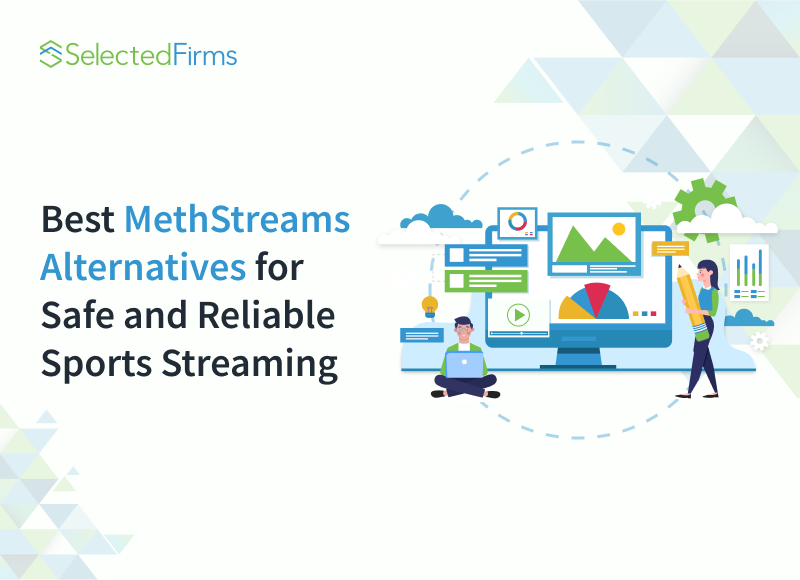Table of Contents
A practical look at how automation and cloud integration streamline IT operations, boost ROI, and equip businesses for agile, scalable growth.

Key Takeaways
- Cloud integration and automation improve resource consumption, work, and downtime, lowering costs and increasing ROI.
- Automated IT operations reduce human error, speed up procedures, and allow real-time monitoring, making them more trustworthy.
- Cloud computing improves scalability and flexibility by letting firms immediately scale resources and manage hybrid settings.
- Automation improves service delivery by speeding response times, letting customers do things themselves, and keeping systems working smoothly.
- Automated threat detection, quick response mechanisms, and platform-wide visibility improve security and compliance.
The world of IT is experiencing a shift. Automation and cloud integration are transforming IT services, such as system patching and disaster recovery, from the ground up, directly impacting business flexibility and profitability.
Organizations have the potential to automate their routine tasks, eliminate costly downtime, and provide consistent service at a large scale. More than 90% of workers, according to an HBR survey, reported that the use of automation made their work easier. Moreover, by means of strategic cloud integration, IT infrastructure is transformed into a growth engine, allowing teams to work together from any location and facilitating innovation throughout the company.
Read on to discover how automation and cloud integration are redefining the way IT services operate and deliver value.
Reducing Operational Costs and Increasing ROI
Forward-thinking businesses are using automation and cloud integration to make operations leaner and more reliable. Automation increases productivity by reducing time and resources spent on manual work, while cloud integration transforms large capital expenses into manageable operating costs. The impact is measurable: 74% of organizations now use automation to improve speed and overcome workplace challenges.
Here’s how these technologies drive down costs and increase long-term value:
-
Optimized Resource Allocation
Most organizations overspend on infrastructure due to “buffers” built in for peak demand. Automation changes this equation. Smart tools continuously analyze environment usage and performance, instantly right-sizing your resources based on precise data. This ensures every infrastructure dollar drives actual output rather than just sitting there “just in case.”
-
Lower Labor Costs
Imagine one person carrying out the same action repeatedly like doing system updates manually for five hours every week. That’s more than 250 hours a year consumed in a task which a machine could have completed. Now consider the same thing for taking backups, scrutinizing logs, and managing user accounts.
Automation takes care of this “digital drudgery” with consistency, so your team can focus on strategic projects that directly impact business outcomes, like planning seamless data migrations or implementing AI-powered service desks. This shift redefines the role of IT professionals from technicians to strategic partners, maximizing their value.
-
Minimized Downtime
An outage is a direct hit to your revenue and reputation. As your IT team tries to get things done, sales stop, and customer trust drops. And for mission-critical applications, every minute of service loss can translate to thousands of dollars in lost opportunity and recovery costs. Automation provides 24/7 monitoring using predictive analytics to find a failed hard drive or a database that is too busy before it crashes.
Consider a system that automatically switches to a backup site during a primary site issue; your users might not even notice. This proactive approach protects the service that your business depends on, which turns a big financial risk into a line item that you can plan for.
When evaluating automation investments, forward-thinking companies. Compare potential savings against their current staffing costs. Understanding detailed IT salary benchmarks across various tech roles, including how remote and hybrid work models affect compensation across regions, helps you calculate the true ROI, determining which manual tasks are expensive enough to justify automation, and which specialized positions are worth investing in to manage these systems long-term.
Streamlining IT Operations Through Automation
Modern IT departments are judged not by their response speed, but by their ability to anticipate problems. Automation makes every process more accurate and reliable. It turns complex tasks like network configuration and compliance checking into dependable, error-free processes.
Here are some of the important ways that automation makes daily tasks easier and leads to measurable gains:
-
Eliminating Manual Risks
When was the last time you had to roll out an important security patch? Manually, it’s a high-risk, all-hands-on-deck operation. Automated, it’s a single, audited process that runs seamlessly. This is how powerful job automation can be. In fact, over half of companies already automate cloud scaling, and 45% automate optimization.
One misconfigured file or missed deployment step can cause hours of outage. But automating best practices into repeatable scripts eliminates this risk. Whether provisioning a new server or deploying security patches, the procedure executes identically every time. This ensures vital services like your e-commerce platform or customer database are always up and running and working as they should.
-
Continuous Monitoring
Continuous monitoring serves as the central nervous system for modern digital operations. It shows the whole stack in real time, including how well applications are running, how healthy servers are, and how fast the network is moving data.
The system does more than just log a possible problem when it finds one, like a memory leak in a key microservice or a sudden rise in mistake rates. It can run automatic scripts to put a compromised container in quarantine or reroute traffic. This turns a possible incident into one that fixes itself.
From reactive help to intelligent, proactive management, automation is the clear step forward. It creates an operational setting that is basically stable and predictable.
Enhancing Scalability and Flexibility with Cloud Integration
Integration with cloud computing creates the basic structure for a flexible business. It unifies previously siloed systems, data, and applications into a cohesive environment that can be fine-tuned to exact specifications. This allows companies to adjust workloads dynamically, maintaining stable application performance and reliable user experiences.
-
Elastic Resources
The old way of doing IT was like getting a power plant to power all of your holiday lights; it was way too much and a waste of money. Everything changes when you use the cloud. You can now change how much computing power, storage, and network traffic you have in real time.
If you have a flash sale on your e-commerce site, the cloud will quickly add more virtual CPUs and RAM to handle the extra traffic. When the sale is over, the cloud will scale back down. It’s intelligent from a financial point of view. You get rid of servers that aren’t being used and make sure your systems are always the right size.
-
Unified Environment
Modern businesses operate across on-premises infrastructure, private clouds, and multiple public cloud providers. Unified integration brings coherence to this complexity, providing IT teams with centralized management and comprehensive visibility.
That way, it’s easy to move workloads from one setting to another, like moving a batch processing job to an AWS spot instance fleet or a private cloud for a sensitive database. Moreover, performance and compliance standards are always met. It’s the base layer for a system that can change quickly and work with different vendors.
Putting everything in the cloud makes your whole business stronger, so you can grow without worrying about chaos. Your IT team gets the strategic power to move resources around instantly, easily adapting to changes in the market and high demand.
Strengthening Security and Compliance Management
With no defined perimeter, your attack surface is everywhere. Automation acts as a guardian, using advanced tools to continuously scan for anomalies, unauthorized database access attempts, or suspicious logins from unfamiliar locations.
When threats are detected, automated playbooks instantly isolate compromised virtual machines or revoke credentials, stopping breaches in seconds rather than hours. This rapid response protects critical financial systems and customer data platforms. Furthermore, automation is critical for Identity and Access Management (IAM). Automated provisioning and deprovisioning ensure zero-trust principles are enforced, immediately disabling access when an employee leaves.
But you can’t safeguard something you can’t see. With cloud integration, you can combine security information from AWS, Azure, and your own Active Directory into one main command center. This helps your team view all of your access points and weaknesses in real time.
Automation and Cloud Integration Expertise Commands a Premium
Technologies such as automation and cloud integration don’t implement themselves. Behind every successful digital transformation is a team of skilled professionals who can architect, deploy, and optimize these systems. Technology is merely a tool, but its value is unlocked only when the right expertise brings it to life.
However, here’s the reality: professionals with genuine automation and cloud expertise are expensive, and they’re getting more expensive. But this isn’t a cautionary tale about costs, it’s about ROI. The real cost isn’t what you pay qualified professionals, it’s what you lose without them. You risk costly mistakes from botched implementations, security vulnerabilities that expose you to breaches and compliance failures, and inefficient systems that negate the cost savings automation should provide.
Alternatively, bringing in seasoned experts causes a domino effect. They apply the best approaches right from the start, steer clear of expensive errors, and improve their environment all the time. The extra amount you spend for the best professionals is paid back several times through the cost-saving measures they introduce and the catastrophes they stop.
Final Thoughts
Automation and cloud integration have changed the way IT services are built. But technology alone doesn’t deliver results. The combination of cutting-edge platforms and skilled professionals who can harness them creates the competitive advantage modern businesses need.
When companies embrace these technologies as part of their core strategy, supported by teams who can execute on that vision, they build a competitive edge. They set the pace for their business and reach a level of operational efficiency, security, and scalable growth that no one else can match.
Recent Blogs
12 Best MethStreams Alternatives for Safe and Reliable Sports Streaming in 2026
-
18 Dec 2025
-
12 Min
-
36
Real World Digital Transformation Use Cases in Real Estate, Tech, and Recruiting
-
17 Dec 2025
-
6 Min
-
144








